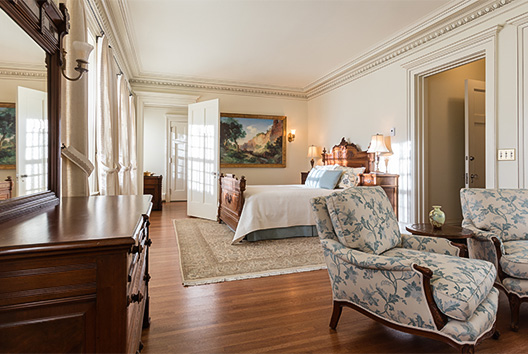Ted Turner Reserves Media Resources
A STORYTELLING HAVEN
As one of the only hospitality brands dedicated to conserving wild, working landscapes, Ted Turner Reserves offers compelling narratives with the power to shape the future of our world. We hope you are inspired to amplify these important stories about large landscape conservation, working wildlands, and sustainable, nature-focused travel.
RESOURCES LIBRARY
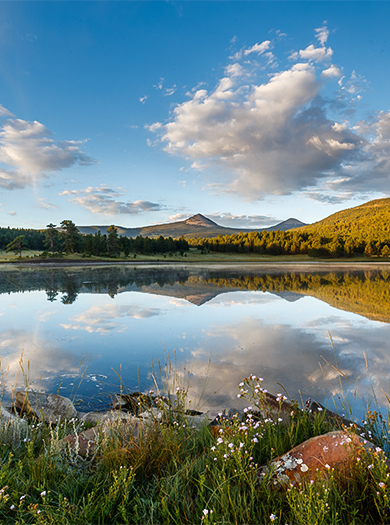
VISUAL ASSETS
Enjoy access to breathtaking photos and videos that capture the beauty, wildlife, and experiences at Ted Turner Reserves. Perfect for editorial use or storytelling.

BROCHURES
Download detailed brochures to learn about our properties, conservation initiatives, and guest experiences. Perfect for journalists and travel planners seeking an in-depth look at our mission.
FEATURED ARTICLES

Travel Advisor Shares 4 Sustainable Stays in the West That You Should Know
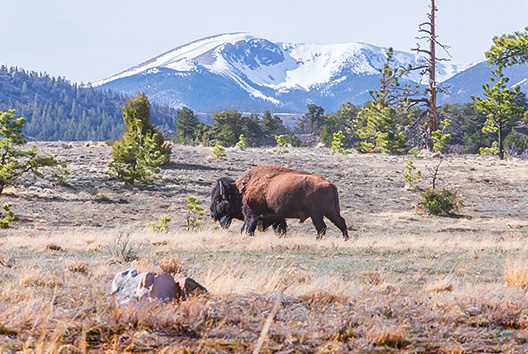
Ted Turner’s Nature Preserves: A Carefully Curated “Heaven on Earth”
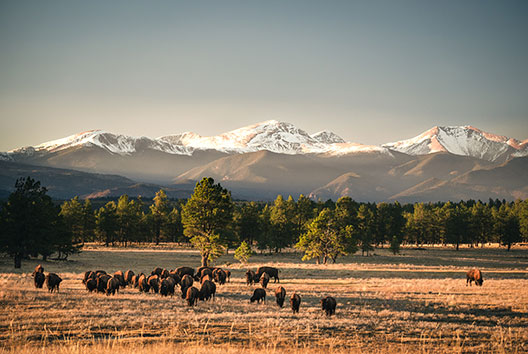
PBS View Finders Visits Vermejo, a Ted Turner Reserve
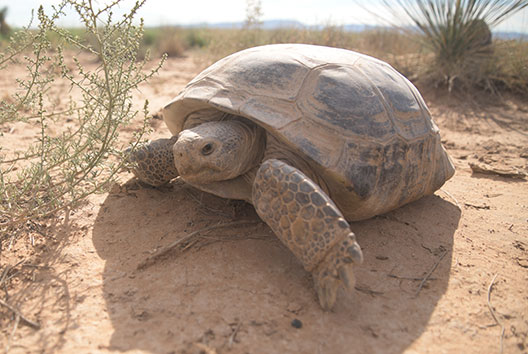
Partnership Advances Restoration of the Bolson Tortoise to the American Southwest
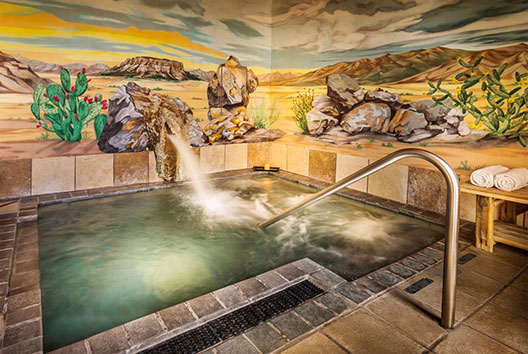
Soak In These Magical Hot Springs Hidden Across New Mexico
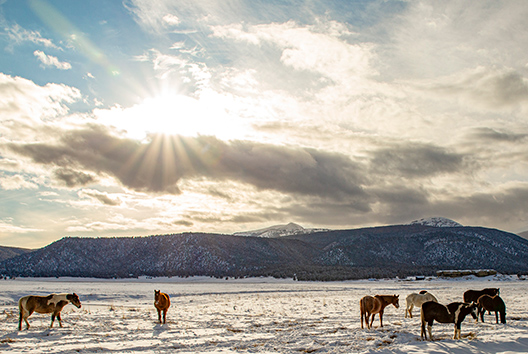
Find Serenity at These All-Inclusive Winter Retreats

Travel Advisor Shares 4 Sustainable Stays in the West That You Should Know

Ted Turner’s Nature Preserves: A Carefully Curated “Heaven on Earth”

PBS View Finders Visits Vermejo, a Ted Turner Reserve

Partnership Advances Restoration of the Bolson Tortoise to the American Southwest

Soak In These Magical Hot Springs Hidden Across New Mexico

Find Serenity at These All-Inclusive Winter Retreats

Vermejo Unveils "The Season of Sabbatical": A Purpose-Driven Winter Experience in Nature

Protecting the Wild: An Epic Mission to Save Mexican Wolves
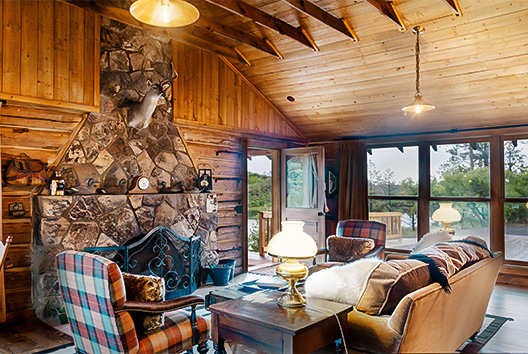
Vermejo Unveils Bernal Lake Cabin

Vermejo, Recognized with Conde Nast Traveler’s 2024 Readers’ Choice Award “#1 Best Resort – USA Southwest”

Vermejo Named to the T+L 500 by Travel+Leisure®

The Hacienda at Armendaris Makes National Geographic’s Coveted ‘Best of the World’ List for 2024

Travel Advisor Shares 4 Sustainable Stays in the West That You Should Know

Ted Turner’s Nature Preserves: A Carefully Curated “Heaven on Earth”

PBS View Finders Visits Vermejo, a Ted Turner Reserve

Partnership Advances Restoration of the Bolson Tortoise to the American Southwest

Soak In These Magical Hot Springs Hidden Across New Mexico

Find Serenity at These All-Inclusive Winter Retreats

Vermejo Unveils "The Season of Sabbatical": A Purpose-Driven Winter Experience in Nature

Protecting the Wild: An Epic Mission to Save Mexican Wolves

Vermejo Unveils Bernal Lake Cabin

Vermejo, Recognized with Conde Nast Traveler’s 2024 Readers’ Choice Award “#1 Best Resort – USA Southwest”

Vermejo Named to the T+L 500 by Travel+Leisure®

The Hacienda at Armendaris Makes National Geographic’s Coveted ‘Best of the World’ List for 2024

There’s More to See in Fall at Vermejo
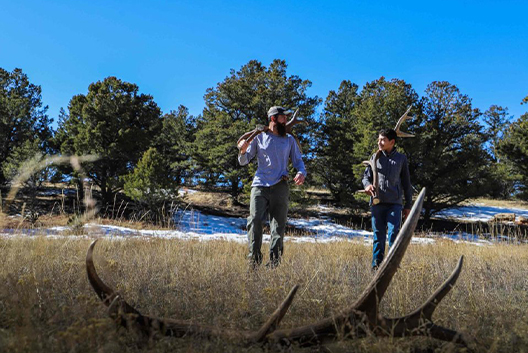
Shed Hunting: One of Our Favorite Things
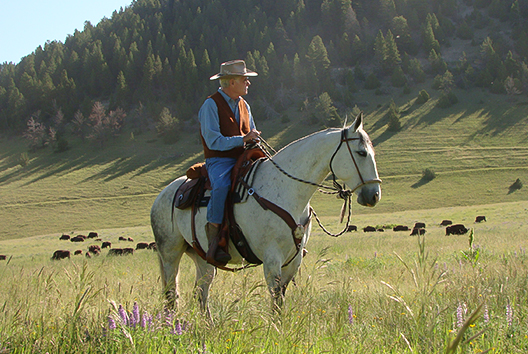
Ted Turner Recognized by State of New Mexico
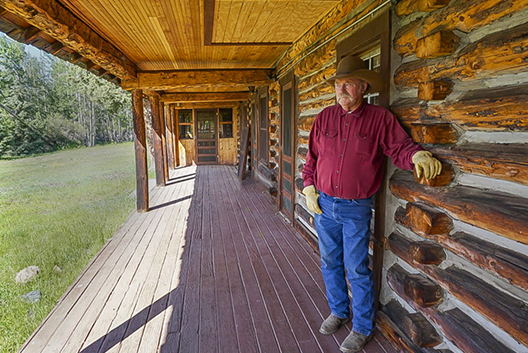
A Day with Vermejo’s Last True Cowboy
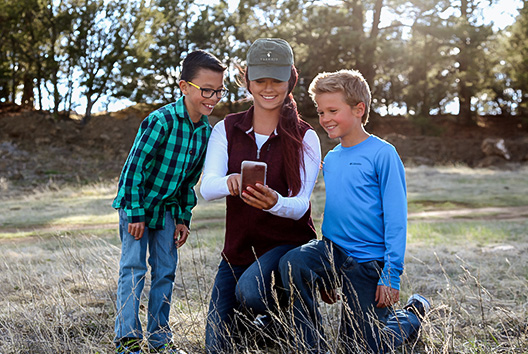
Wallace Pierson Travel & Vermejo Partner on Student Education Travel Initiative

Eva Mendoza to lead Ted Turner Reserves Southern New Mexico Guest Operations

Travel Advisor Shares 4 Sustainable Stays in the West That You Should Know

Ted Turner’s Nature Preserves: A Carefully Curated “Heaven on Earth”

PBS View Finders Visits Vermejo, a Ted Turner Reserve

Partnership Advances Restoration of the Bolson Tortoise to the American Southwest

Soak In These Magical Hot Springs Hidden Across New Mexico

Find Serenity at These All-Inclusive Winter Retreats

Vermejo Unveils "The Season of Sabbatical": A Purpose-Driven Winter Experience in Nature

Protecting the Wild: An Epic Mission to Save Mexican Wolves

Vermejo Unveils Bernal Lake Cabin

Vermejo, Recognized with Conde Nast Traveler’s 2024 Readers’ Choice Award “#1 Best Resort – USA Southwest”

Vermejo Named to the T+L 500 by Travel+Leisure®

The Hacienda at Armendaris Makes National Geographic’s Coveted ‘Best of the World’ List for 2024

There’s More to See in Fall at Vermejo

Shed Hunting: One of Our Favorite Things

Ted Turner Recognized by State of New Mexico

A Day with Vermejo’s Last True Cowboy

Wallace Pierson Travel & Vermejo Partner on Student Education Travel Initiative

Eva Mendoza to lead Ted Turner Reserves Southern New Mexico Guest Operations

Vermejo, Recognized with Conde Nast Traveler’s 2023 Readers’ Choice Award “#2 Best Resort – USA Mountain West”

A Weekend of Solitude and Adventure at Vermejo

Why New Mexico Is The Most Underrated State

Reconnect with and be inspired by nature at Vermejo
